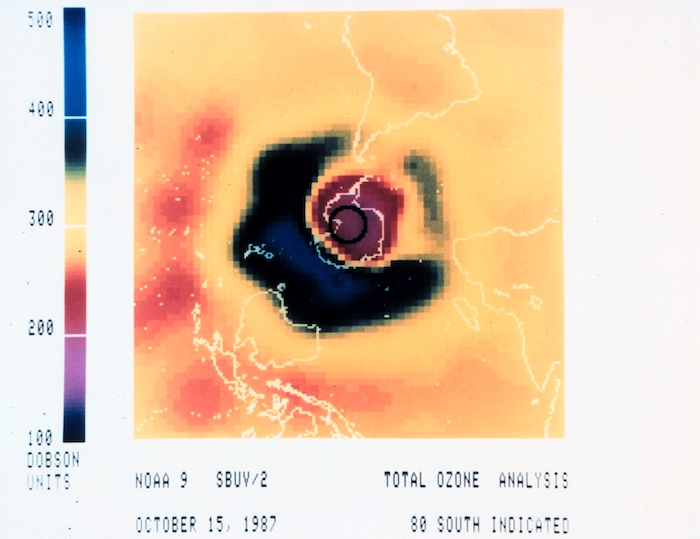I want to share a story with you. Getting this geospatial intelligence program approved took a lot of negotiation between different groups within the Penn State Geography Faculty. The members of the faculty, that come from technical geography backgrounds and/or the military and who work with NGA and other agencies, initially envisioned the program as predominantly a technical course of study in support of the traditional US national defense mission. We will call this the traditional technical security discourse.
Another group of faculty members, however, coming from human geography backgrounds, were uncomfortable with this primarily technical and security approach. They proposed an alternative discourse that went beyond security to encompass disaster preparedness and international disaster relief applications (as well as some other applications). They also insisted that critical thinking skills and geographic knowledge that goes beyond the techniques were absolutely essential to support the ultimate goal of producing skilled geospatial intelligence analysts. We will call this the human discourse.

So the lesson here is that "Geospatial Intelligence" is not a naturally occurring phenomenon that has a "correct" definition that is fixed in stone. Geospatial Intelligence in terms of its definition and scope is a socially contested and constructed concept. To understand that human activities are socially contested and constructed, it is very instructive to study the underlying power relationships. Even the NGA definition and scope were socially constructed as different elements of the agency negotiated the creation of the official definition. This process is continuous.
This story has a happy ending. The social negotiation that took place, resulted in a compromise that retained the key elements of the technical/security discourse, while expanding the scope of the program to include emphasis on critical thinking and other applications of GEOINT (although not all possible applications). At the end of the day, all concerned felt that the program was far better for the input of both sides. This viewpoint was subsequently validated when outside agencies were shown the program and voiced their enthusiasm and support for it.
The major evaluated activity for this lesson is the Lesson 2 - GRADED Discussion Forum (#1). To prepare for the activity, I want you to do a web search and see if you can find some alternative definitions and applications of geospatial intelligence. We will be particularly interested in the nature of the organizations that have alternative definitions and applications. If you find some sites that you think other people in the class might find useful, consider adding the URL to the class "Webliography." (See panel below.)
Webliography
As you find sites of interest, add the URL and a comment on the content and why the site is of interest to our "Webliography." To access the Webliography, return to your Canvas window and look for the Webliography wiki page in our course.